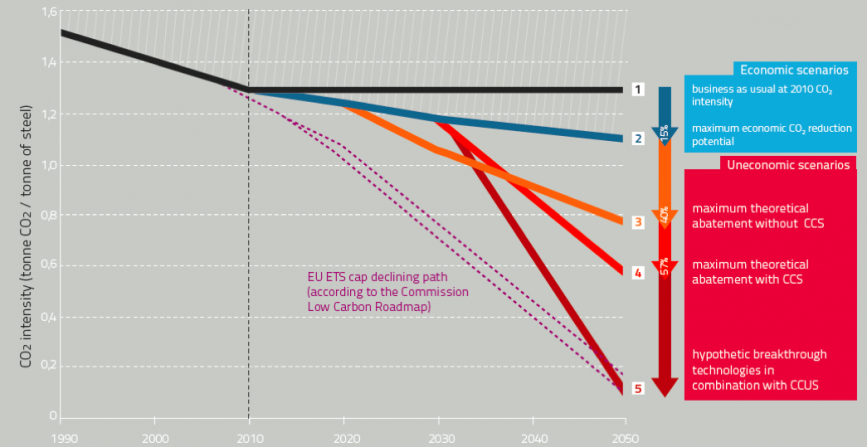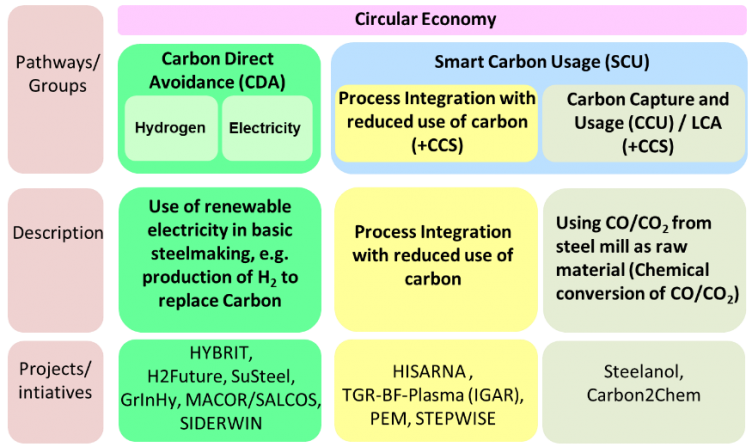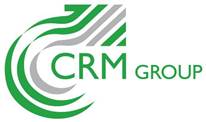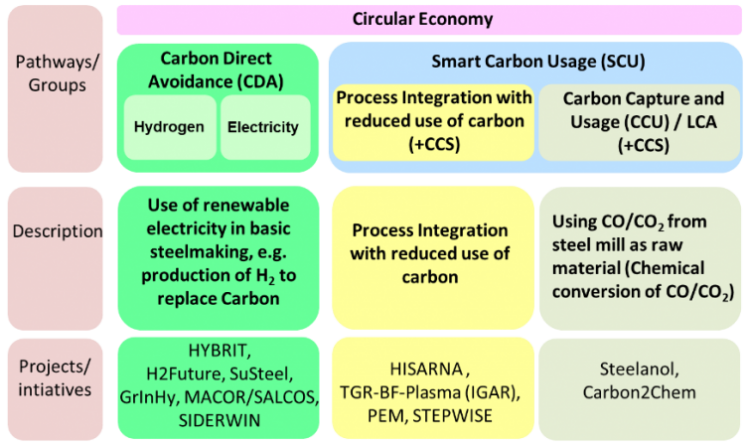LowCarbonFuture
Exploitation of Projects for Low-Carbon Future Steel Industry
LowCarbonFuture project abstract
The project “LowCarbonFuture” has the objective to collect, summarize and evaluate research projects and knowledge dealing with CO2-mitigation in iron and steelmaking.
As final result, LowCarbonFuture will generate a roadmap stating research needs, requirements and boundary conditions for breakthrough technologies and a new CO2 lean steel production to guide the EU steel industry towards the world’s climate contract and the EU climate goals, e.g. by implementing the key findings in the strategic research agenda of the European Steel Technology Platform (ESTEP). Furthermore, “LowCarbonFuture” will contribute to an update of the steel roadmap for a low carbon Europe 2050 and the current BIG-Scale initiative of EUROFER.
LowCarbonFuture initial situation
According to the steel roadmap edited by the European Steel Association (EUROFER), CO2 emission must be decreased by at least 80 % until 2050 (based on 1990’s level).

Only by means of incremental improvement of ironmaking and steelmaking processes the reduction target cannot be reached, since European production routes already perform at their physical thermodynamic limits (black and blue curves in Figure). A complex mix of actions are necessary (curves orange, red and brown in Figure) to reach the ambitious reduction target.
LowCarbonFuture technological pathways
Current pan-European research is focused on the two main pathways Carbon Direct Avoidance (CDA), and Smart Carbon Usage (SCU). SCU is further divided into the pathways Process Integration (PI) and Carbon Capture, Storage and Usage (CCU).

CDA means the production of steel without direct release of carbon emissions based on hydrogen and electricity. Regarding the energy supply, steel production is shifted from carbonaceous sources to hydrogen based sources with electricity from renewable energies. The pathway PI covers the existing steelmaking routes (BF / BOF and DRI / EAF) using fossil fuels (coal, natural gas, etc.) and how these processes must be adopted to release less CO2. Carbon Capture and Usage (CCU) covers the usage of CO2 i.e. all the options for utilizing the CO and CO2 in steel plant gases or fumes as raw material for production of/integration into valuable products.
The involved Partners in the research project are:
| VDEH-Betriebsforschungsinsitut GmbH |   |
| Centre de Recherches Metallurgiques (CRM) |  |
| Rina Consulting Centro Sviluppo Materiali S.P.A. (CSM) |  |
| K1-MET GmbH (K1-MET) |  |
| Swerim AB (SWERIM) |  |
This project receives funding from the Research Fund for Coal and Steel under grant agreement No. 800643.
LowCarbonFuture objectives
The main objectives of this project are:
- Collection of knowledge dealing with CO2-mitigation within the steel industry
- Dissemination of the gained knowledge from current research activities (workshops, seminars, webinars, participation in conferences, scientific journal articles)
- Definition of building blocks for a successful technology implementation
- Generation of a roadmap stating research needs, requirements and boundary conditions for breakthrough technologies and a new CO2lean steel production
- Strategies for technology transfer between the steel companies and stakeholders from other industrial sectors
